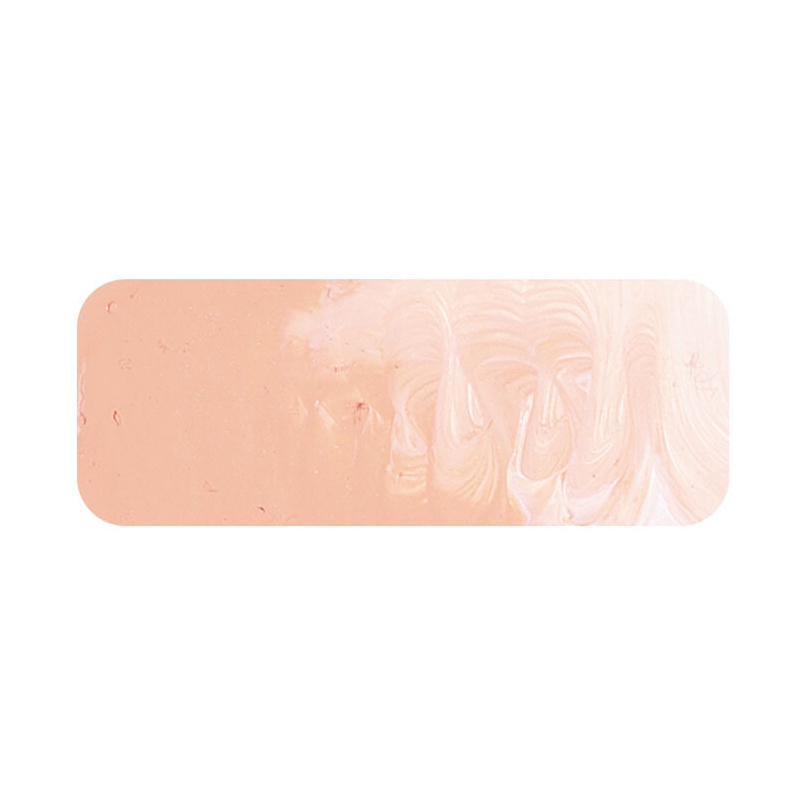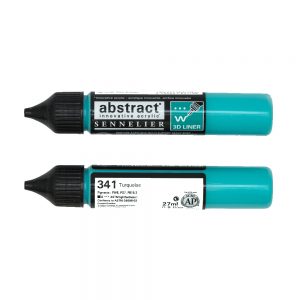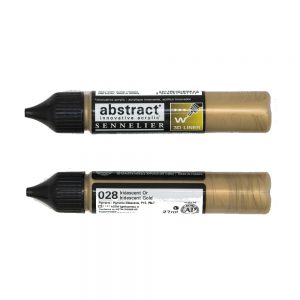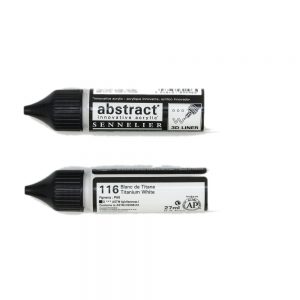Portraiture has a long and esteemed history that goes back to the highly stylised images created by the Greeks and the Egyptians. The middle ages saw the advent of religious iconography and royal family members as portraiture subjects. However, it was during the Renaissance that many innovations in portraiture evolved. The tradition of the portrait miniature began which remained popular until the advent of the photographic age.
One of the challenges for both modern and ancient portrait artists is the ability to create realistic flesh colours, as skin is composed of a number of tones and varies with different light conditions.
In response to this problem, Matisse has tailored three specific colours that can be used as a basis for recreating both light, medium and dark skin tones. Skin Tone Light, as the name suggests, is an ideal base for recreating light skin tones. It is composed of the pigments Titanium White, Vermillion and Transparent Umber.
Chemical Description: Blend Titanium dioxide, benzimidazolone and iron oxide
Pigment Number: PW6 PO36 PR101
Lightfastness Rating: ASTM I
Pigment Opacity: Opaque
Paint Opacity: Opaque
Series 1





